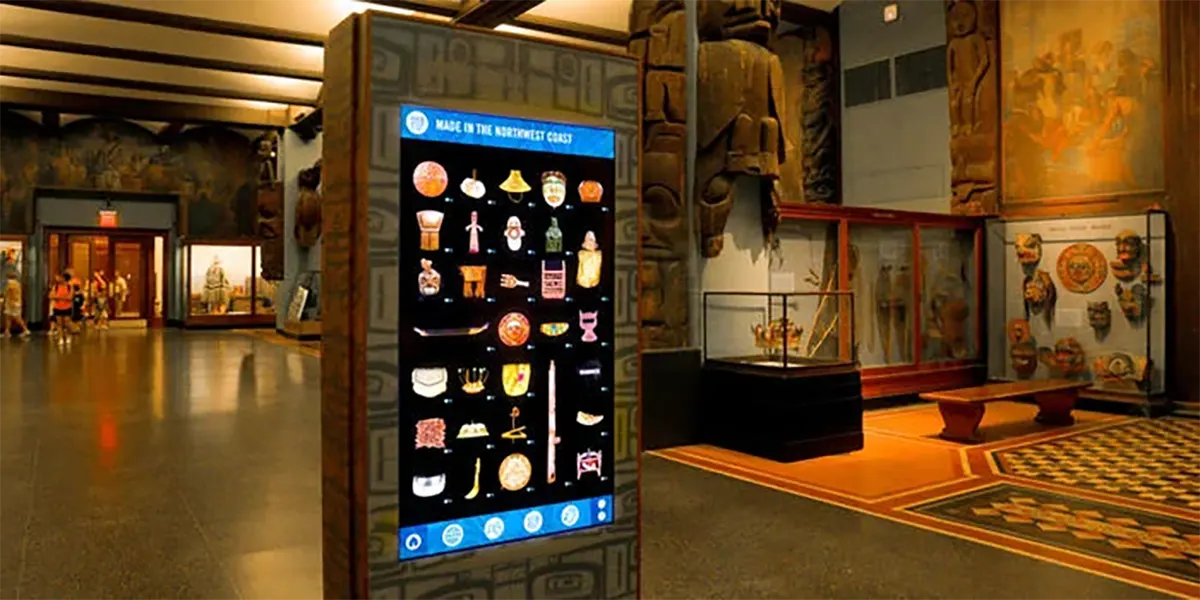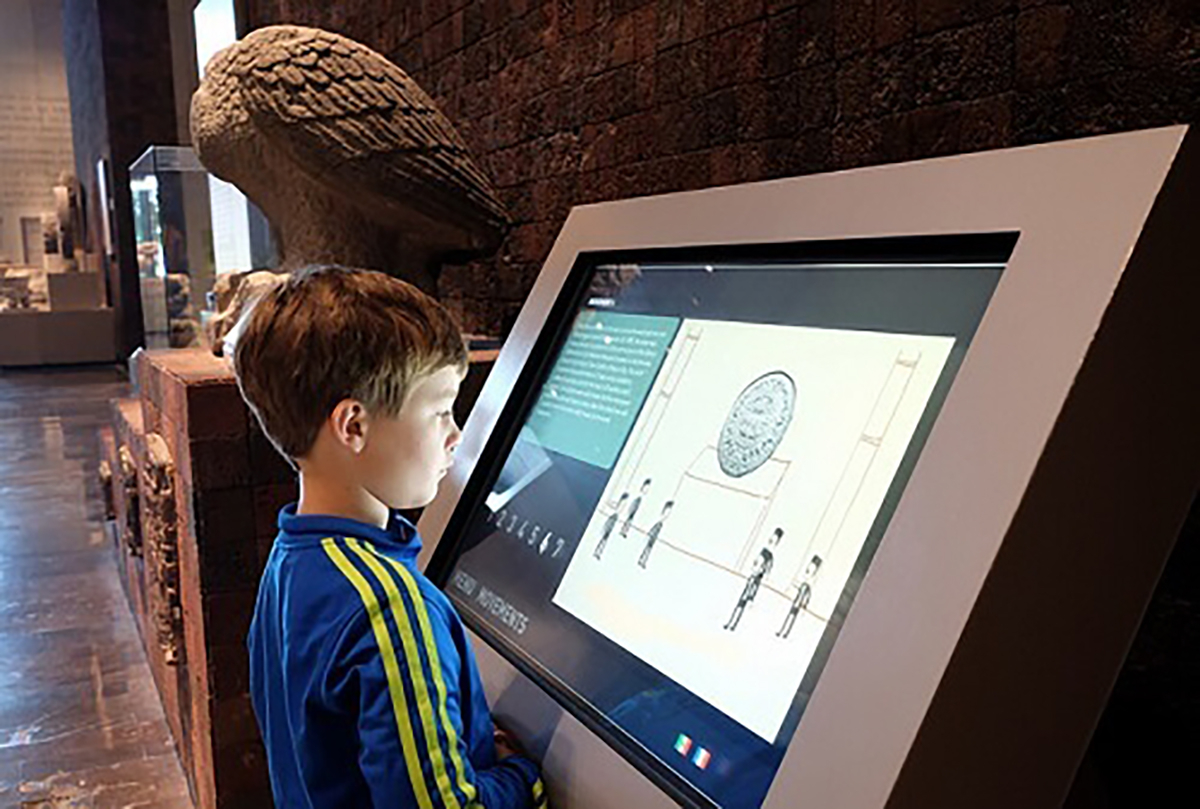
Explore the transformative power of interactive touchscreen solutions in museums and cultural institutions. Discover how interactive touchscreens enhance visitor engagement, facilitate learning, and provide immersive experiences. Unlock the potential of interactive touchscreens to create captivating and educational environments that leave a lasting impact on visitors.
Introduction
In today’s digital era, museums and cultural institutions are leveraging technology to enhance visitor experiences and engage audiences in new and exciting ways. Among the innovative solutions, interactive touchscreens have emerged as a powerful tool for creating immersive and educational environments. In this article, we will delve into the realm of interactive touchscreen solutions for museums and cultural institutions, exploring their benefits, applications, and the transformative experiences they offer to visitors.
Understanding Interactive Touchscreen Solutions

Interactive touchscreen solutions refer to the integration of touch-enabled displays within museum exhibits and cultural installations. These touchscreens allow visitors to interact with digital content, explore educational materials, navigate through multimedia presentations, and engage in hands-on activities. By incorporating touch technology, museums and cultural institutions can create dynamic and participatory experiences that captivate visitors of all ages.
Enhancing Visitor Engagement
One of the primary advantages of interactive touchscreen solutions is their ability to enhance visitor engagement. Unlike traditional static displays, interactive touchscreens encourage active exploration and interaction. Visitors can navigate through curated content, access in-depth information about artifacts, artworks, or historical events, and dive deeper into specific topics of interest. The hands-on nature of interactive touchscreens stimulates curiosity, ignites imagination, and fosters a deeper connection between visitors and the subject matter.
Facilitating Learning and Education
Interactive touchscreen solutions play a crucial role in facilitating learning and education within museums and cultural institutions. They provide an interactive platform for delivering educational content in an engaging and accessible manner. Through touch-enabled interfaces, visitors can access multimedia presentations, view high-resolution images, watch videos, and listen to audio recordings. These interactive elements create a multi-sensory learning experience, catering to different learning styles and allowing visitors to absorb information at their own pace.
Immersive Experiences and Storytelling
Interactive touchscreens enable museums and cultural institutions to create immersive experiences and powerful storytelling. By combining multimedia elements such as videos, images, audio, and animations, touchscreens can transport visitors to different time periods, geographic locations, or simulated environments. Visitors can engage with interactive maps, virtual tours, or 3D reconstructions, allowing them to visualize historical sites or cultural artifacts in a new and immersive way. This immersive storytelling approach enriches the visitor experience, making it more memorable and impactful.
Customization and Personalization
Another significant benefit of interactive touchscreen solutions is the ability to customize and personalize the visitor experience. Museums and cultural institutions can tailor content based on visitors’ interests, age groups, or languages. Interactive touchscreens can offer different levels of information, from introductory content to in-depth analyses, allowing visitors to choose the level that suits their needs. Customization and personalization create a sense of ownership and empower visitors to curate their own museum journey, enhancing their overall satisfaction and engagement.
Collaborative and Social Interaction
Interactive touchscreens also promote collaborative and social interaction within museum spaces. Visitors can engage in group activities, participate in quizzes or games, and share their findings or experiences with others. This fosters a sense of community, encourages dialogue, and allows visitors to learn from each other. Collaborative interactions through touchscreens promote social learning, as visitors exchange knowledge, ideas, and perspectives in a dynamic and engaging environment.
Accessibility and Inclusivity
Interactive touchscreens contribute to enhancing accessibility and inclusivity within museums and cultural institutions. These solutions can incorporate features such as adjustable font sizes, audio descriptions, and multi-language options, making content accessible to visitors with different abilities and language preferences. The interactive nature of touchscreens also caters to various learning styles and preferences, ensuring that visitors can engage with the content in a way that suits their needs.
Conclusion
In conclusion, interactive touchscreen solutions have revolutionized the museum and cultural institution experience. By incorporating touch-enabled displays, these solutions enhance visitor engagement, facilitate learning, and provide immersive and personalized experiences. Interactive touchscreens enable museums to deliver educational content in an accessible and interactive manner, creating a deeper connection between visitors and the subject matter. They promote collaborative interaction, foster inclusivity, and empower visitors to curate their own museum journey. Embrace the potential of interactive touchscreen solutions to transform your museum or cultural institution into a captivating and educational destination that leaves a lasting impact on visitors.






